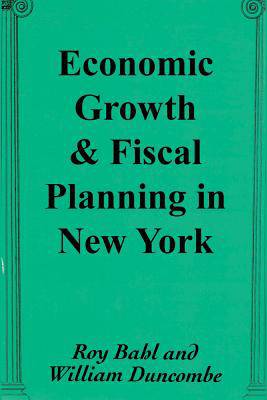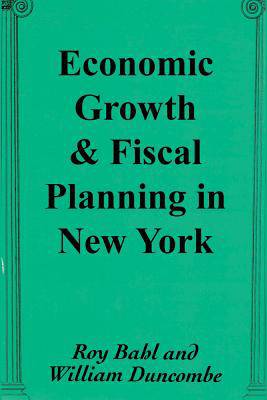
Door een staking bij bpost kan je online bestelling op dit moment iets langer onderweg zijn dan voorzien. Dringend iets nodig? Onze winkels ontvangen jou met open armen!
- Afhalen na 1 uur in een winkel met voorraad
- Gratis thuislevering in België vanaf € 30
- Ruim aanbod met 7 miljoen producten
Door een staking bij bpost kan je online bestelling op dit moment iets langer onderweg zijn dan voorzien. Dringend iets nodig? Onze winkels ontvangen jou met open armen!
- Afhalen na 1 uur in een winkel met voorraad
- Gratis thuislevering in België vanaf € 30
- Ruim aanbod met 7 miljoen producten
Zoeken
€ 90,45
+ 180 punten
Omschrijving
In an era of federal deficits and struggling municipalities, states have emerged as the most significant governmental actors. But state governments face the major challenge of fiscal planning in the midst of economic change. Roy Bahl and William Duncombe tackle this challenge head-on. Using New York as a case study, they identify looming dangers for state revenue and expenditure planning.Bahl and Duncombe begin with the premise that one cannot separate an evaluation of fiscal performance from an evaluation of economic performance. Accordingly, they describe and analyze the patterns of population, employment, and personal income growth. Following this is a study of state and local government finances in New York since 1970 and a recounting of the fiscal adjustments that were taken in the face of slower and then faster growth in the economy.The authors conclude that based on current conditions, the state and its local governments are in for fiscal belt-tightening. They note that the state should take a comprehensive view in planning the development and retrenchment of its government sector. The book is thought-provoking, exhaustively researched, and sensibly written. Its lessons are applicable everywhere and should be read by all those seeking a route through the tangled thicket of government policy for economic growth.
Specificaties
Betrokkenen
- Auteur(s):
- Uitgeverij:
Inhoud
- Aantal bladzijden:
- 355
- Taal:
- Engels
Eigenschappen
- Productcode (EAN):
- 9781412848398
- Verschijningsdatum:
- 15/09/2012
- Uitvoering:
- Paperback
- Formaat:
- Trade paperback (VS)
- Afmetingen:
- 152 mm x 229 mm
- Gewicht:
- 476 g

Alleen bij Standaard Boekhandel
+ 180 punten op je klantenkaart van Standaard Boekhandel
Beoordelingen
We publiceren alleen reviews die voldoen aan de voorwaarden voor reviews. Bekijk onze voorwaarden voor reviews.











